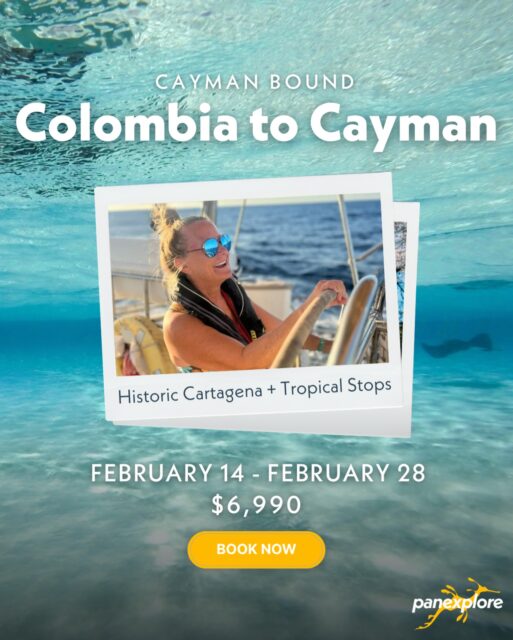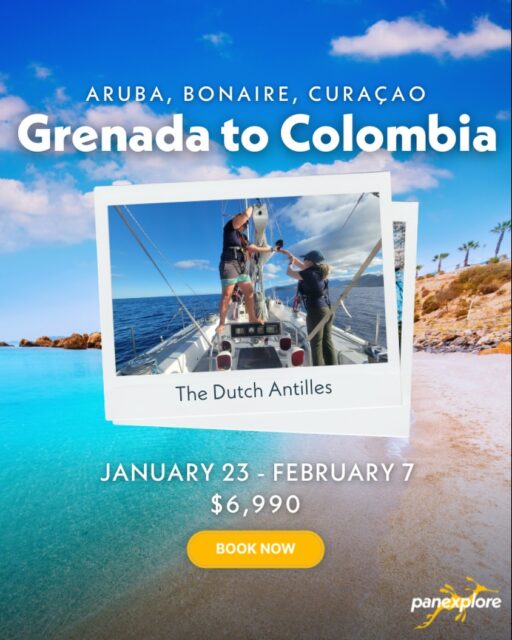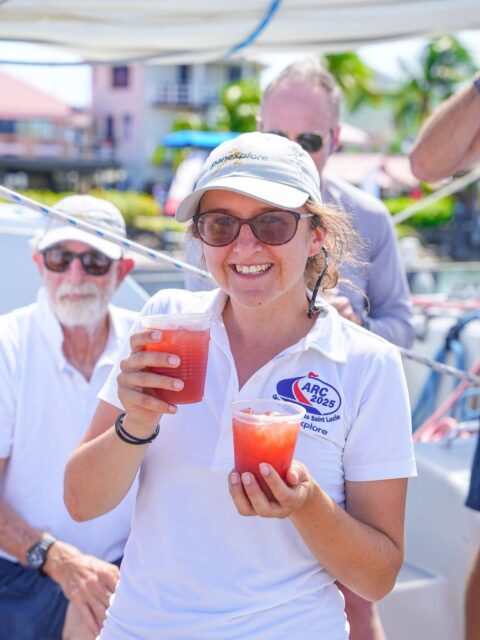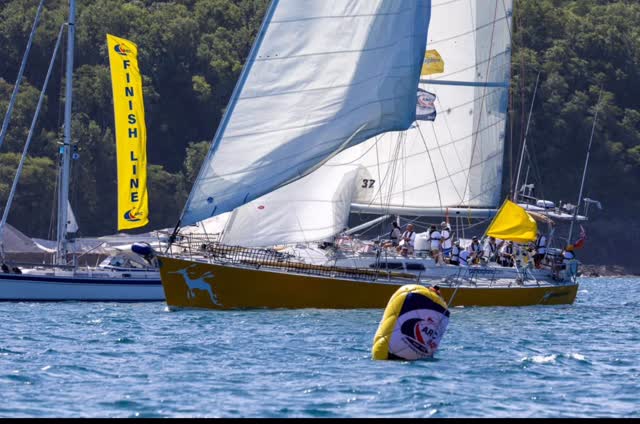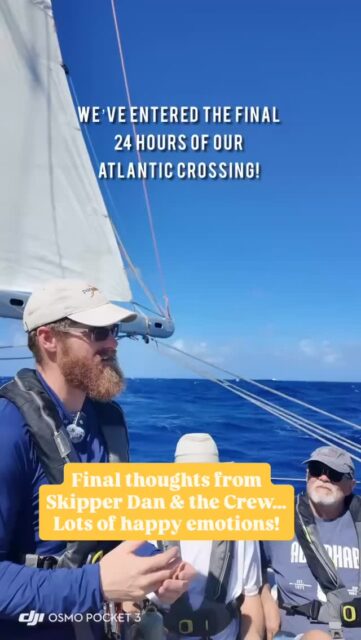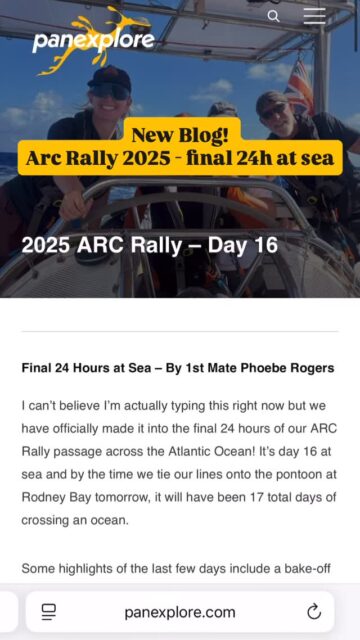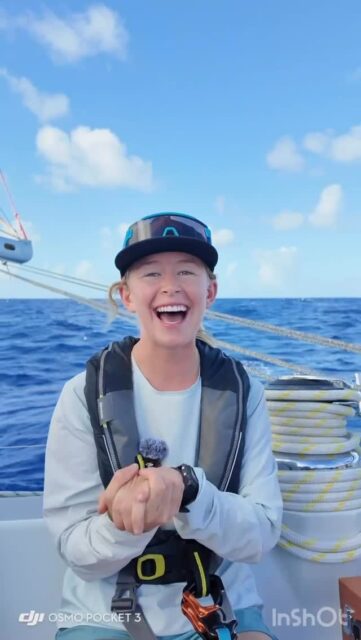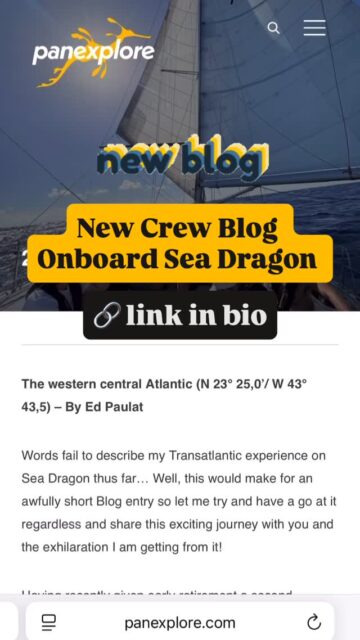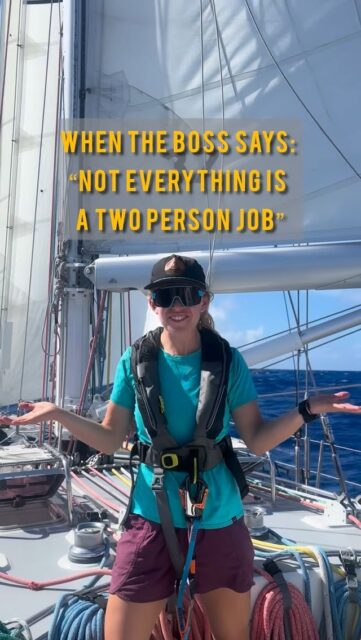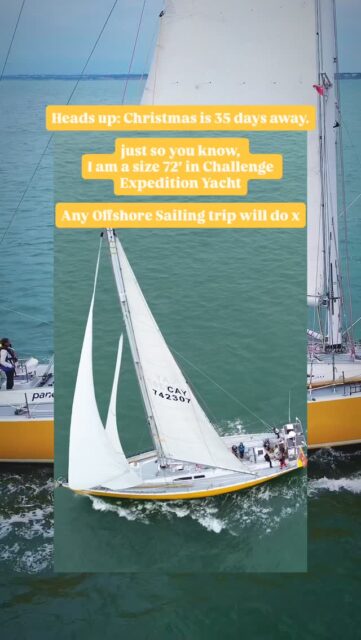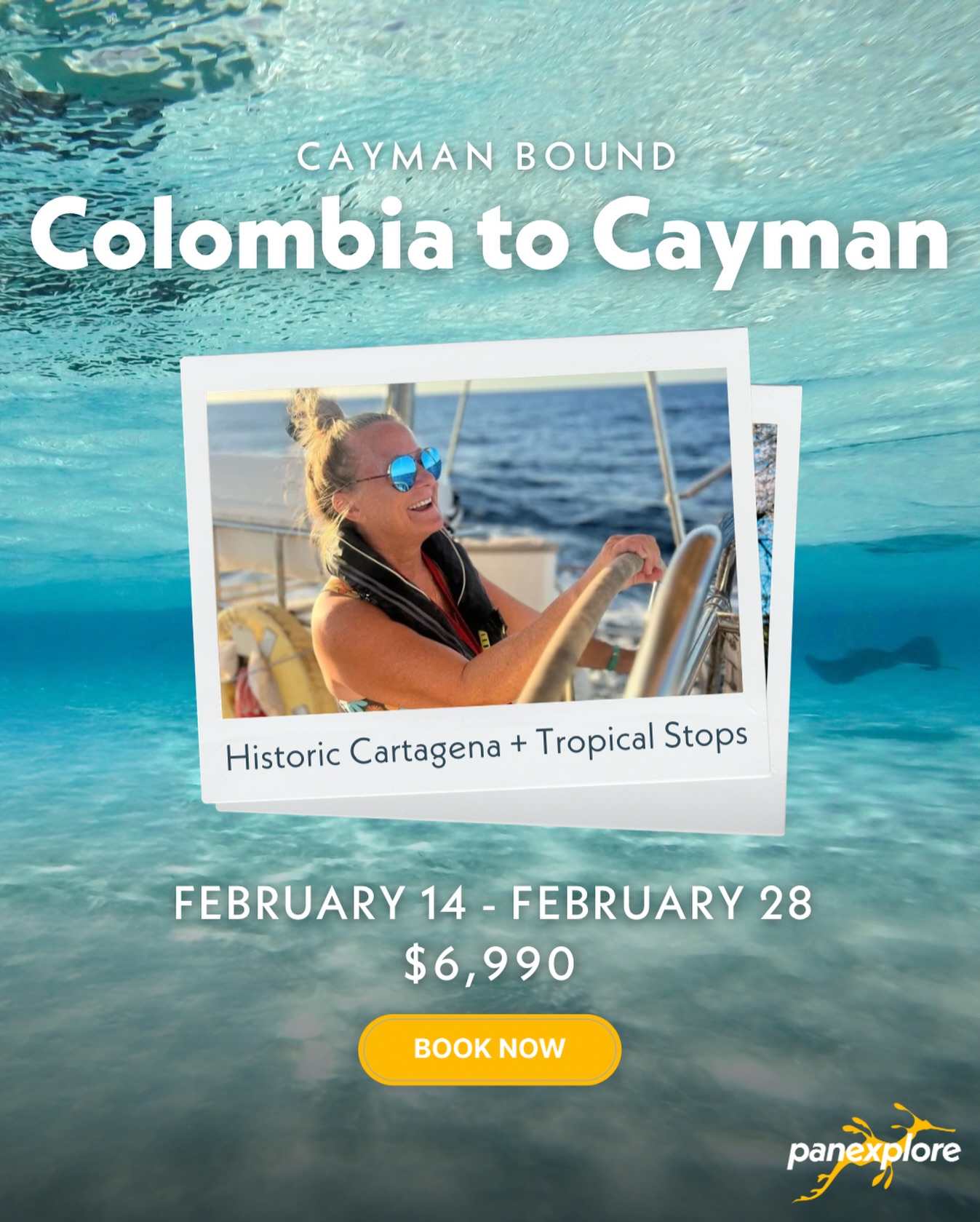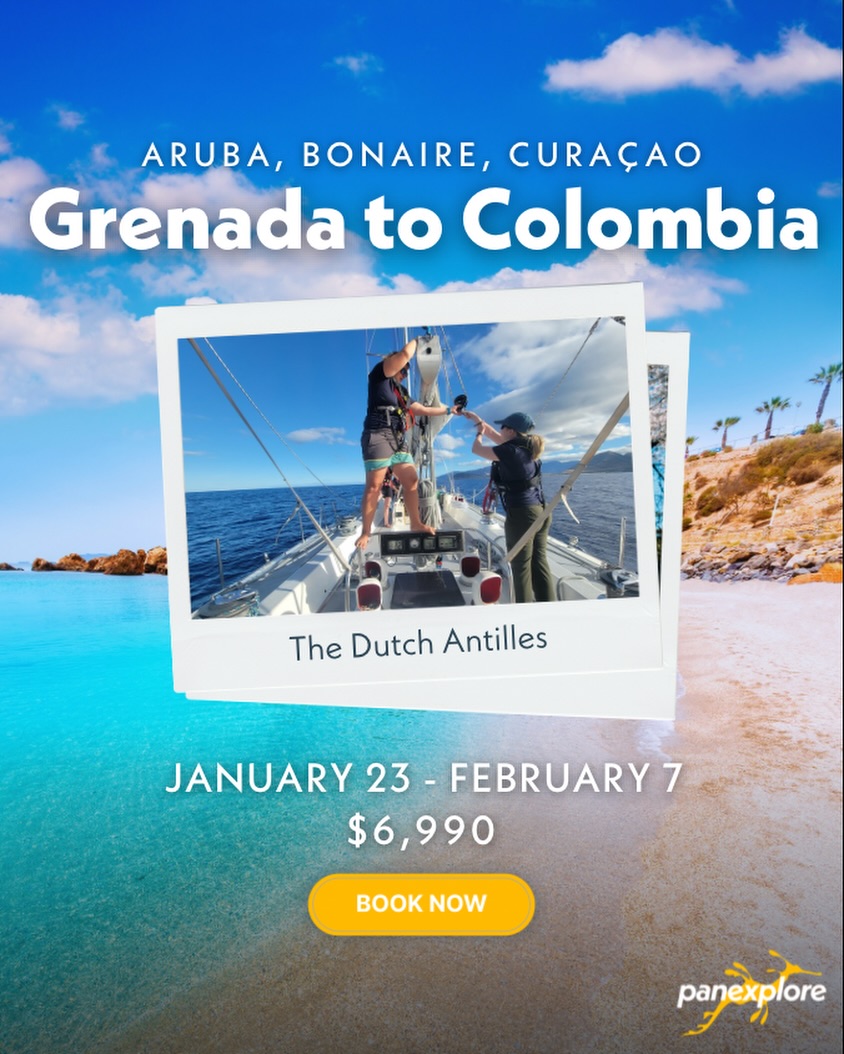The taxi driver asked if I wanted to smoke. ‘No’ I said, watching the dawn rise as we drove downtown. He unwrapped a new packet of cigarettes– perhaps he was really asking if I minded him smoking. Driving through a shanty area across a heavily polluted river the smell was nauseating. We had already established that my Portuguese was only slightly better than his English so we both sat in silence as he smoked and discarded the outer plastic wrapper of his cigarette carton onto the highway.
During the final preparations of Sea Dragon for her voyage from Rio de Janeiro to Ascension Island we hosted a live link-up with Safe Planet: the United Nations Campaign for Responsibility on Hazardous Chemicals and Wastes. This was to announce the entry into force of amendments adding nine new chemicals to the Stockholm Convention on Persistent Organic Pollutants (POPs). Onboard in Rio we hosted Brazilian Government officials, industry representatives, journalists along with our own science team; 5gyres co-founder Dr. Marcus Eriksen and ASR Limited’s Dr Jose Borrero.
POPs are bioaccumulative and toxic chemicals found in many common consumer products today. They are distributed around the earth’s environment and are known to be accumulating in human and animal organisms, endangering the health and safety of humans and the earth in general. Many of these new nine chemicals are still widely used today as pesticides, flame retardants and in a number of other commercial uses.
“Our oceans, being downhill from everywhere, receive the waste of nations. As plastic waste flows through the world’s watersheds, it absorbs hydrophobic compounds, like pesticides, PCBs, petroleum and other hydrocarbons, making plastic more toxic. Well over 300 marine species have been found to ingest plastic waste, including the toxins they carry. It is imperative that we understand the potential for plastic waste to pollute the fish we harvest to feed the world’, said Dr Marcus Eriksen.
Now at sea, outside of Brazilian waters headed east towards the Gyre we are back into the swing of things; researching ocean plastics. Following the first transect of the North Atlantic Gyre earlier this year our focus over the coming months is the South Atlantic. What will we find, how much plastic is endlessly circulating around this ocean accumulating POPs, polluting the ocean wilderness, leaving a toxic trace of humanity across the ocean, potentially entering our food chain.
In the first trawl we found small fish, seaweed and plastic. I’m used to this now, unfortunately– as if I ever really thought the South Atlantic would be clean! The first plastic we found was lightweight film, and I’ve come full circle, reminded of my taxi driver in a traffic jam un-wrapping another pack, discarding another wrapper. And he’s one of thousands of taxi drivers doing the same thing daily in Rio.
Everything leads downstream to the ocean. And for now, at sea again, it feels good to be doing something about it. But the problem isn’t just the taxi drivers in Rio. It’s all of us, and its alarming to realize the scale. We fight on.
Sea Dragon Skipper, Clive Cosby
